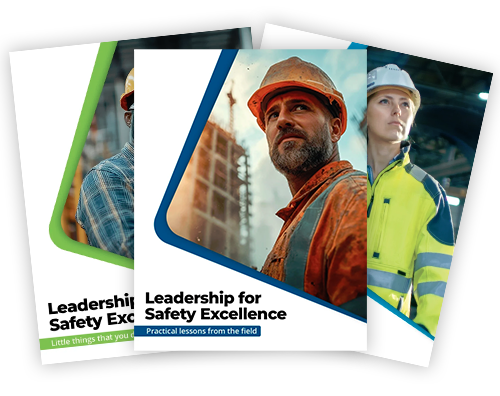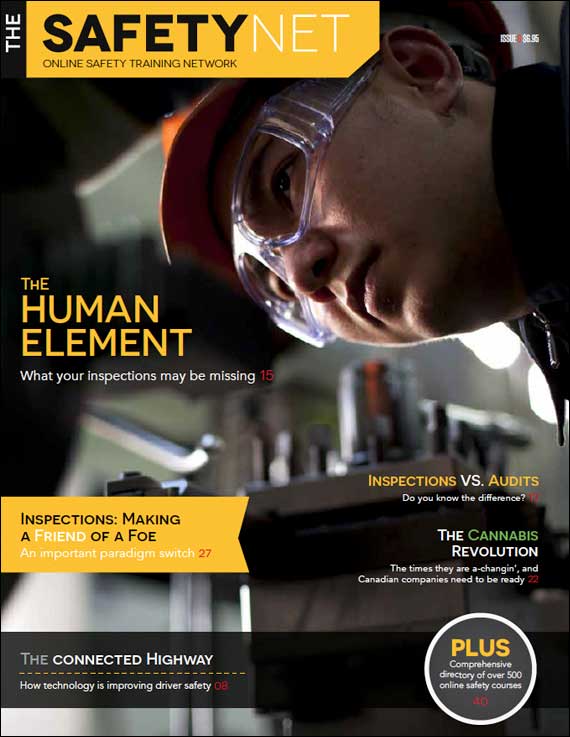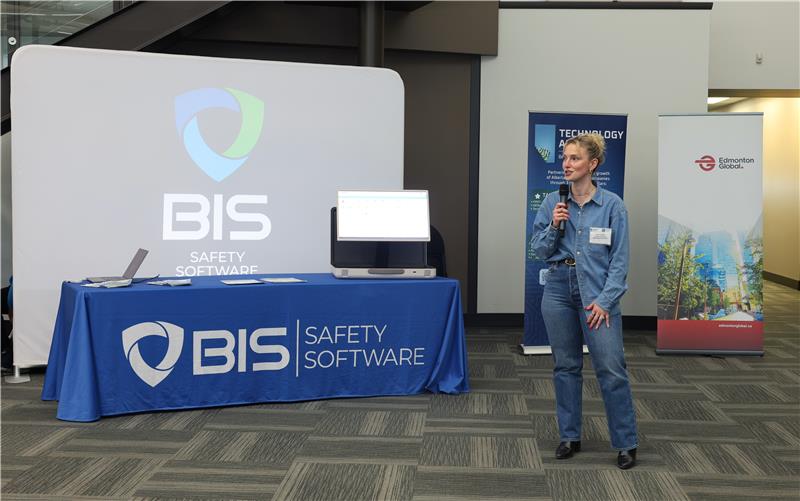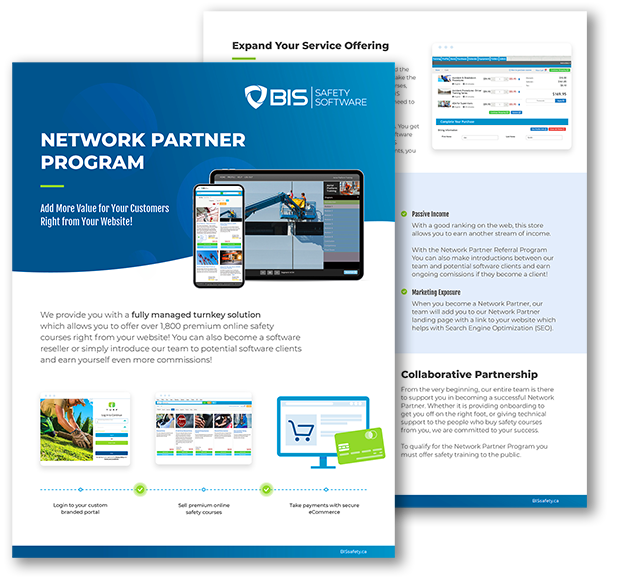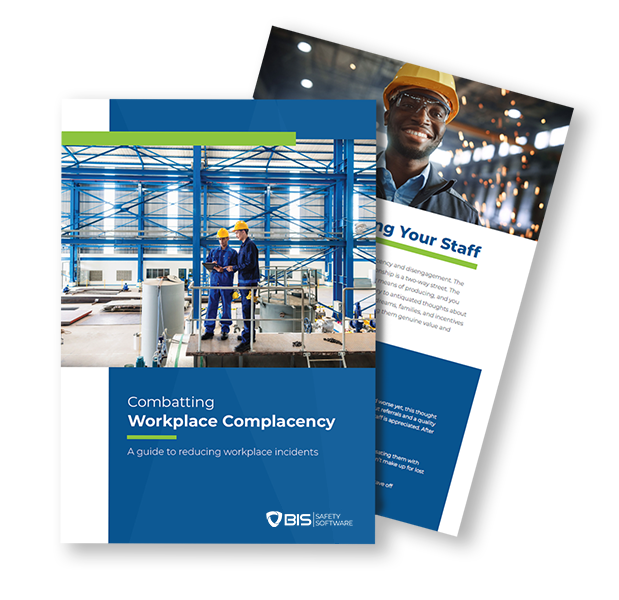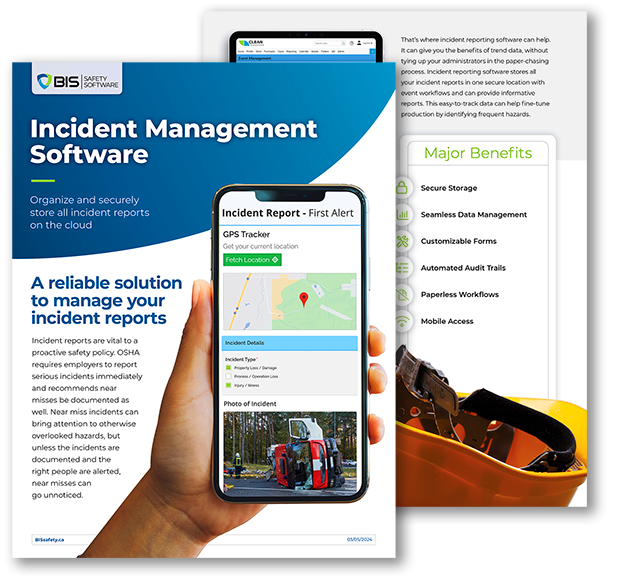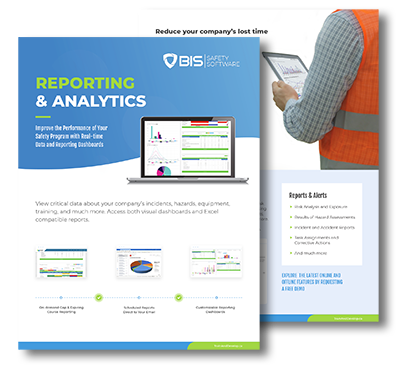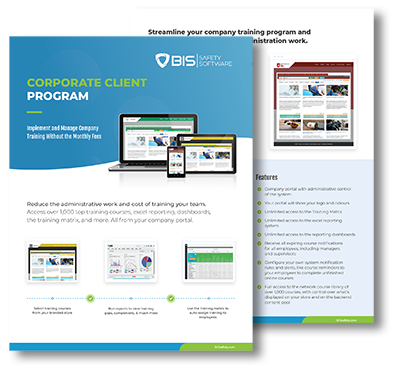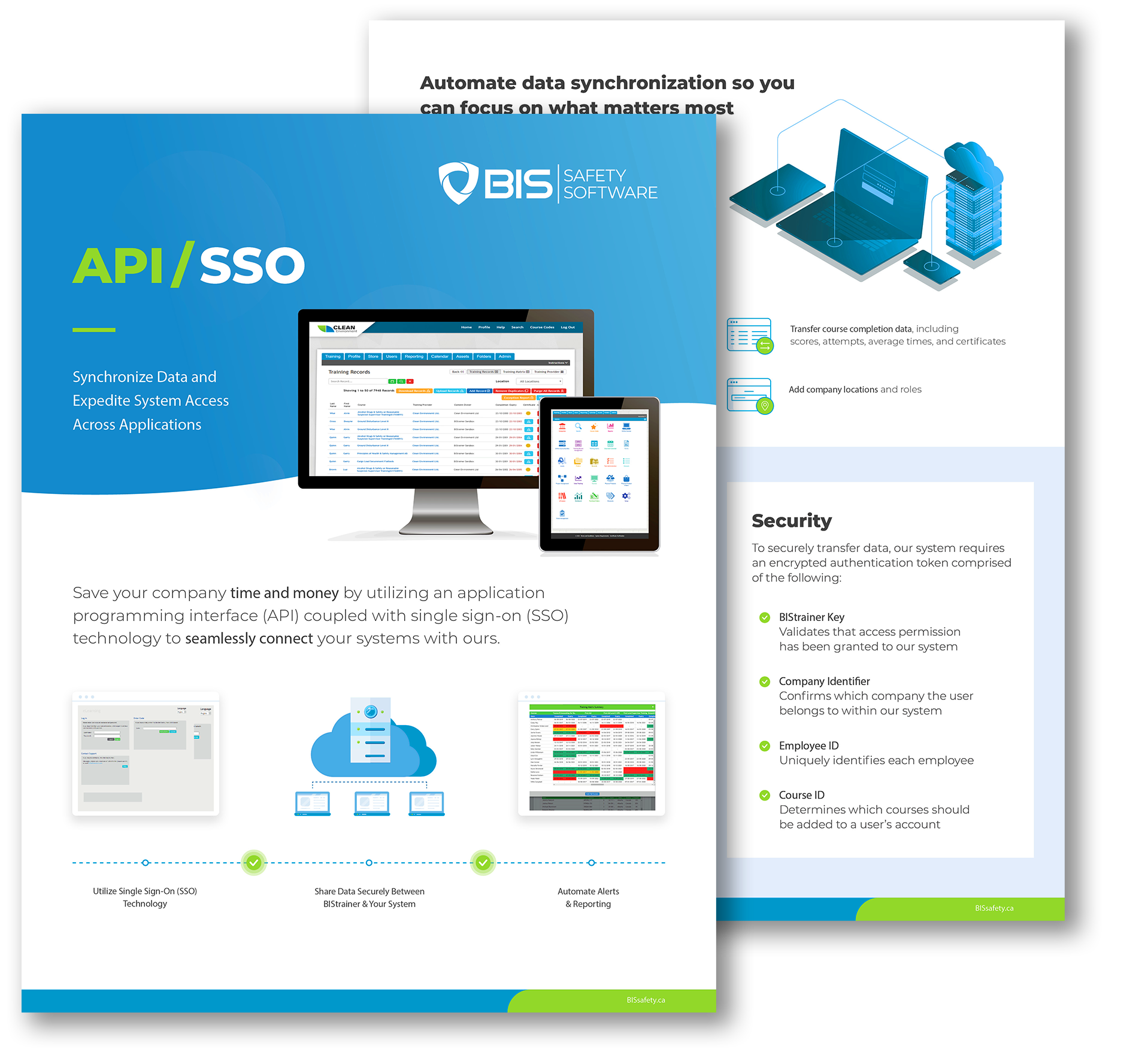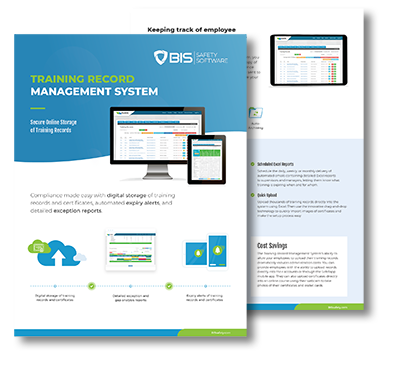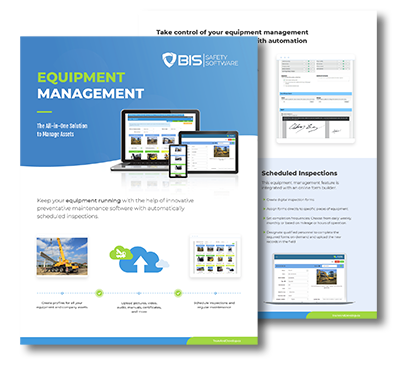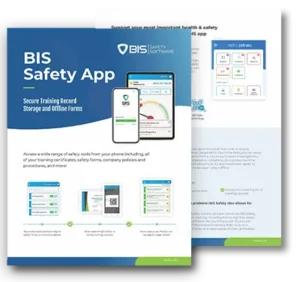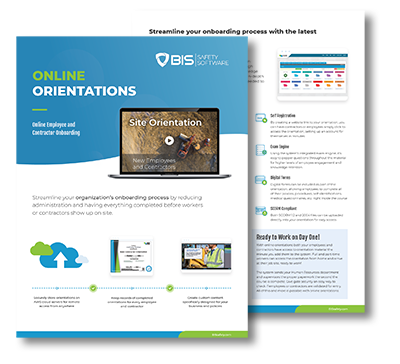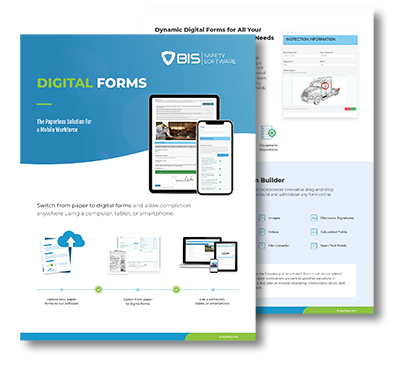Propane Safety in the Workplace
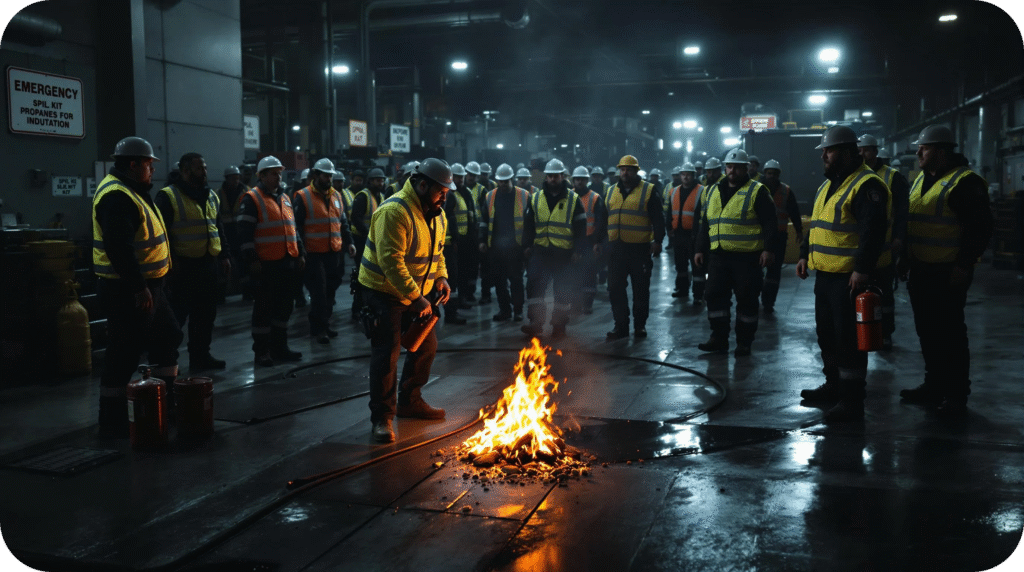
Propane is versatile and efficient but can be dangerous if mishandled. Learn essential safety tips for transport, storage, handling, and emergencies.
6S Safety: The Lean Method That Makes Workplaces Cleaner, Safer, and Smarter
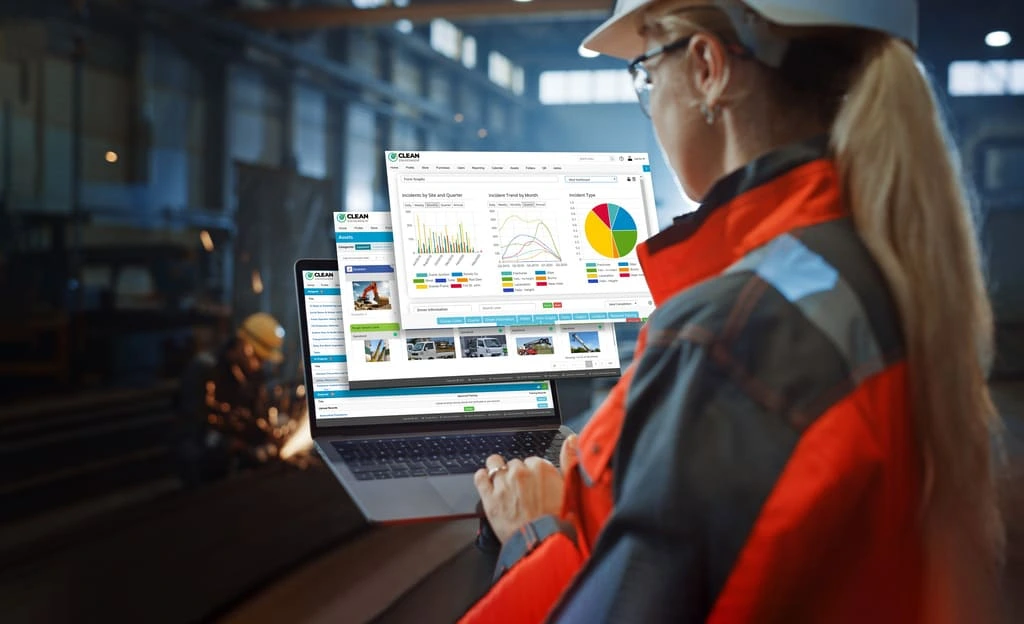
Canadian companies use 6S to merge efficiency with safety, creating organized, low-risk work environments.
What Is FMEA?

FMEA is a proactive method for identifying and addressing potential failures in processes, products, or systems. Widely used in industries like manufacturing and healthcare, FMEA helps teams uncover risks before they become costly problems—improving safety, and ensuring quality.
The Reinvention Blueprint: Veterans, Bankers, and Electricians Who Built Safety Empires

Aurora Innovation just launched a fully driverless freight service in Texas. It’s a big move for both logistics and workplace safety.
When Women Take the Mic in Safety Conversations

For decades, the safety industry has sounded like one voice: commanding, technical, and almost always male. But that’s shifting. And when women step up to the mic, something remarkable happens. They don’t echo the status quo
Accidental Activists: How Bureaucrats and Blue-Collars Are Quietly Reshaping Safety Culture

How Bureaucrats and Blue-Collars Are Quietly Reshaping Safety Culture
Smart Vests and Safety Helmets That Think: The Wearables Reshaping Jobsite Safety
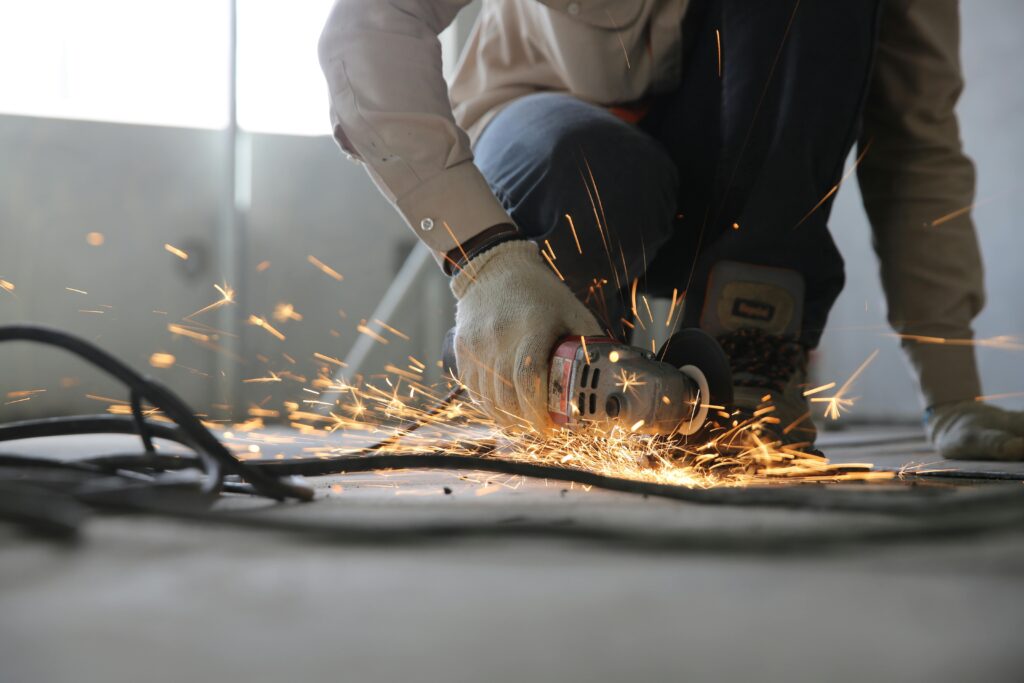
The Promise (and Limits) of Predictive Safety Analytics
A New Frontier or a High-Tech Mirage? The Truth About Safety Tech
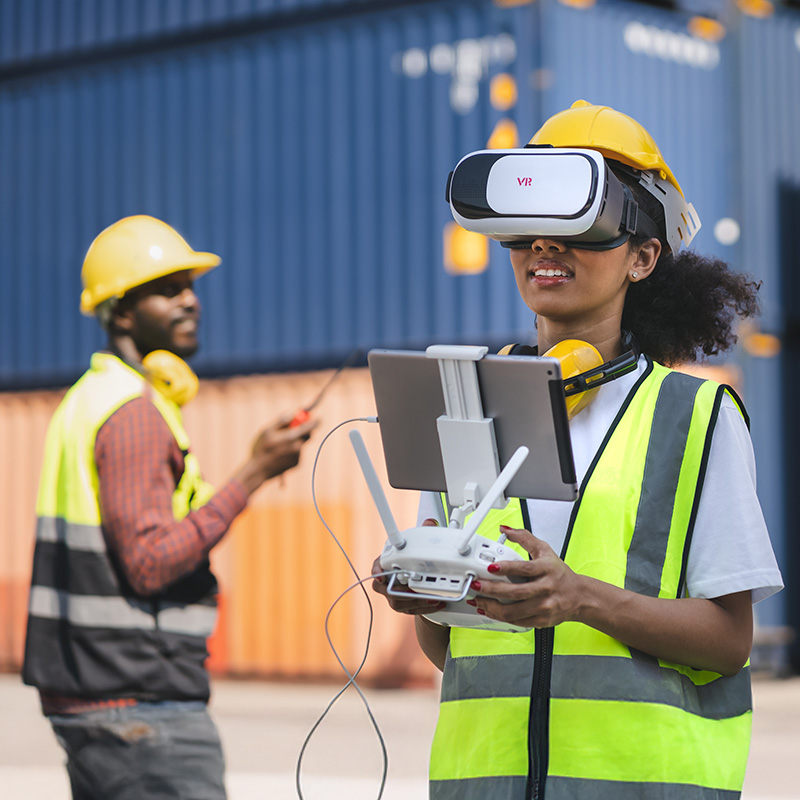
Is AI improving workplace safety or overpromising protection? From smart PPE to predictive analytics, explore how tech is transforming hazard prevention, worker trust, and culture.
Ditch the ‘Tough Guy’ Mentality

Too many workers risk injury by refusing help to appear tough. This article explains how asking for help and supporting others boosts safety for the whole team.
Safety Culture vs. Safety Theater

Home Blog Safety Culture vs. Safety Theater Are You Protecting Workers or Just Performing? Safety and morale or smoke and mirrors… By RDadiz Facebook LinkedIn Some workplaces talk a big game about safety. Posters on the walls. Slogans in emails. Maybe even a “Safety First” banner hanging in the breakroom. But when you look closer, it’s all for show. That’s safety theater, where rules exist on paper, but not in practice. Real safety culture is different. It’s not about looking compliant, it’s about keeping people alive. True safety culture means workers don’t just follow rules because they have to. They follow them because they understand why they exist. It’s a shift from treating safety as a burden to seeing it as a necessity. Companies that only focus on appearances end up with workers who go through the motions. Meanwhile, real hazards remain unchecked. When that happens, it’s not a question of if an accident will happen, but when. The Difference Between Culture and Theater Safety Theater refers to policies that look good on paper but don’t actually prevent accidents. These include excessive paperwork, pointless PPE rules, and outdated procedures that nobody follows. By contrast, Safety Culture is when workers at every level prioritize safety. They don’t just talk about safety. They take real steps to make it part of daily work and decision-making. In a strong safety culture, workers have the confidence to stop unsafe work. Shortcuts aren’t ignored, and training is more than just a requirement, it’s a priority. A strong safety culture means workers feel empowered to stop unsafe work. It means shortcuts don’t get ignored. It means training isn’t just a formality, it’s a priority. When safety theater takes over, companies create a false sense of security. Workers may assume they’re safe just because procedures exist. But if those procedures aren’t tested or enforced, they mean nothing. Real safety culture isn’t about checking boxes. It’s about making sure every worker goes home safe. Signs of Safety Theater Some companies think they’re prioritizing safety, but they’re really just checking boxes. Here’s how to tell the difference: Endless paperwork, but no real enforcement. If reports are filed but hazards don’t get fixed, it’s just theater. Workers afraid to report safety issues. If speaking up means punishment or being ignored, safety is just for show. Lip service from leadership. If managers push productivity over safety, their real priorities are clear. Outdated or irrelevant training. If workers aren’t learning anything useful, the training is just a box to check. Focus on blaming workers instead of fixing systems. Real safety looks at root causes, not just who messed up. No follow-through after incidents. If accidents happen but nothing changes, safety is not a real priority. One-size-fits-all rules. Every industry has different risks, blanket policies don’t address real hazards. More concern for compliance than real protection. Following the law is important, but real safety goes beyond minimum requirements. The Hidden Costs of Safety Theater A company that treats safety as a performance rather than a practice is playing a dangerous game. The hidden costs of safety theater go beyond injury rates: Employee disengagement. When workers know safety is just a show, they stop taking it seriously. Regulatory trouble. Compliance officers see through the act. Companies that fake safety will eventually face fines or shutdowns. Increased turnover. Employees don’t stay where they don’t feel safe. High injury rates lead to high quit rates. Legal liability. Faking safety won’t hold up in court. Companies can be sued for negligence if they fail to protect their workers. Building a Real Safety Culture Fixing safety theater takes real commitment. Here’s how workplaces can shift from performance to protection: Empower Workers to Speak Up. Workers should feel safe stopping work if they see something unsafe. They must trust that reporting hazards won’t lead to retaliation. Prioritize Training That Matters. Skip the generic safety videos. Teach workers about the specific risks they face daily. Fix Problems, Don’t Just Document Them. Reporting a hazard isn’t enough, companies need to act on it. Hold Leaders Accountable. Safety starts at the top. If management isn’t following the rules, workers won’t either. Measure Safety by Actions, Not Paperwork. Track real safety actions like near-miss reports, hazard fixes, and worker feedback. Don’t just count how many forms get filled out. Encourage Realistic Safety Drills. A fire drill where everyone casually walks to an exit isn’t enough. Make drills real. Add pressure. Test workers in situations that mimic actual emergencies. Reward Safe Behavior. When workers make safety-conscious decisions, recognize them. Positive reinforcement builds better habits than punishment. Invest in the Right Safety Tools. If a workplace demands PPE, make sure it’s comfortable and practical. Workers are more likely to use gear that fits well and doesn’t hinder their job. Make Safety Part of Everyday Conversations. Safety shouldn’t just be a monthly meeting topic. It should be discussed on job sites, in pre-shift meetings, and during training sessions. Audit Safety Practices Regularly. Don’t assume policies are followed, check them. Conduct surprise safety audits and correct issues immediately. Examples of Safety Culture vs. Safety Theater Imagine a warehouse that claims safety is a priority. Posters cover the walls, and training sessions are scheduled regularly. But in reality, workers are pushed to meet impossible quotas. Forklift drivers neglect seat belts. Safety violations are brushed aside in the name of productivity. Eventually, an accident happens, and suddenly, all those ignored risks become real consequences. Now, contrast that with a construction company that takes a different approach. After a close call, they don’t just sweep it under the rug. They start holding daily safety meetings and actively encourage workers to report near misses. Instead of ignoring potential risks, they address them head-on. Workers are rewarded for taking safety seriously, reinforcing a culture where speaking up is valued. Over time, injuries decrease, and workers become more engaged in safety efforts. The company earns a reputation for prioritizing protection over production speed. The difference between safety culture and safety theater is



